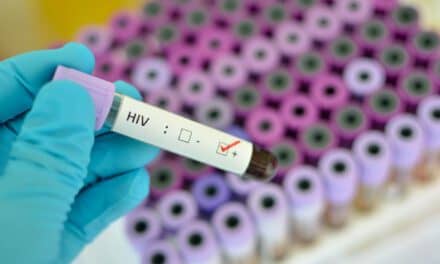Summary: A study by Quest Diagnostics and the University of Alabama highlights significant gaps in adherence to guideline-based testing and treatment for chlamydia and gonorrhea for pregnant women in the U.S., with potential negative impacts on maternal and newborn health.
Takeaways:
- Inadequate Follow-Up: Over a third of pregnant women with positive STI tests did not receive necessary follow-up before delivery, risking untreated infections and complications.
- Ongoing Infection Risk: A notable percentage of women who initially tested negative for STIs later tested positive, indicating continued risk and possible gaps in effective treatment.
- Need for Updated Guidelines: The study calls for harmonized and updated testing guidelines to improve adherence and reduce health risks for mothers and newborns.
A new study by researchers from Quest Diagnostics and the University of Alabama suggests adherence to guideline-based laboratory testing and treatment of pregnant women for two of the most prevalent sexually transmitted infections (STIs) is suboptimal in the United States, with potentially dire effects on maternal and newborn health.
The study, Chlamydia and gonorrhea testing in pregnancy: Time to improve adherence and update recommendations, was published in the peer reviewed Journal of Lower Genital Tract Disease, the official journal of the American Society for Colposcopy and Cervical Pathology. It is based on de-identified results of lab tests performed by Quest in all 50 states and the District of Columbia for 4,077,212 pregnancies.
Gaps In Care for Pregnant Women
The findings suggest gaps in guideline-based care, intended to reduce the risk of infection and medical complications. Untreated chlamydia and gonorrhea can raise risks of infertility and pelvic inflammatory disease in women. The risk of transmission during birth is approximately 50%, raising the potential for newborns to develop infections of the eye (conjunctivitis), lungs (pneumonia) and other health problems.
“Our study adds to a troubling body of evidence highlighting inconsistent quality in maternal and child healthcare in the U.S.,” said Damian P. Alagia, MD, co-author of the study and Medical Director of Women’s Health at Quest Diagnostics. “Our analysis shows that improved adherence to existing recommendations, harmonization of guidelines across agencies, and even updated recommendations for STI testing will be critical to ensuring the mothers and babies in the United States receive medically appropriate testing and treatment.”
Key findings, include:
- Over 4% of women who received guideline-based screening for chlamydia or gonorrhea in pregnancy during the first trimester received a positive result for one or both infections.
- More than one in three of these women (35.1% chlamydia; 36.9% gonorrhea) did not receive a follow up negative test before delivery, suggesting they may not have been treated and cured (or were treated, cured but then reinfected) before birth.
- About 2% of patients who received a negative test result for chlamydia or gonorrhea early in pregnancy later received a positive result, suggesting “an ongoing risk of infection during pregnancy”. Of these, about one in two were still positive prior to delivery. (53.0% chlamydia and 49.3% gonorrhea).
Impacts on Maternal and Newborn Health
The authors believe reinfections (or ineffectively treated initial infections) may result in an increased number of deliveries while women are positive with one or more STIs, which can impact both maternal and newborn health.
The authors conclude current guidelines are inconsistent and they provide several recommendations for improvements. For instance, the CDC recommends women be retested for cure at 4 weeks of pregnancy while the USPSTF recommends retesting before 3 weeks. Current guidelines also do not recommend screening women after the age of 25 years unless there are risk factors (such as multiple partners), based on a study from 1998 when women married at younger ages than today. Guidelines recommend that all women under the age of 25 be screened, regardless of perceived risk.
The study’s strengths include its large size, national representation, and use of objective laboratory data. Its limitation is the lack of clinical follow-up information for the positive cases, as testing was limited to one national clinical laboratory. While the authors did not evaluate other STIs, such as syphilis, they caution these patterns of irregular adherence to guideline-based testing in maternal care may extend to other conditions.
According to the Centers for Disease Control and Prevention (CDC), cases of sexually transmitted disease are at an all-time high, with more than 2.5 million cases of syphilis, gonorrhea, and chlamydia reported in the United States in 2022.



